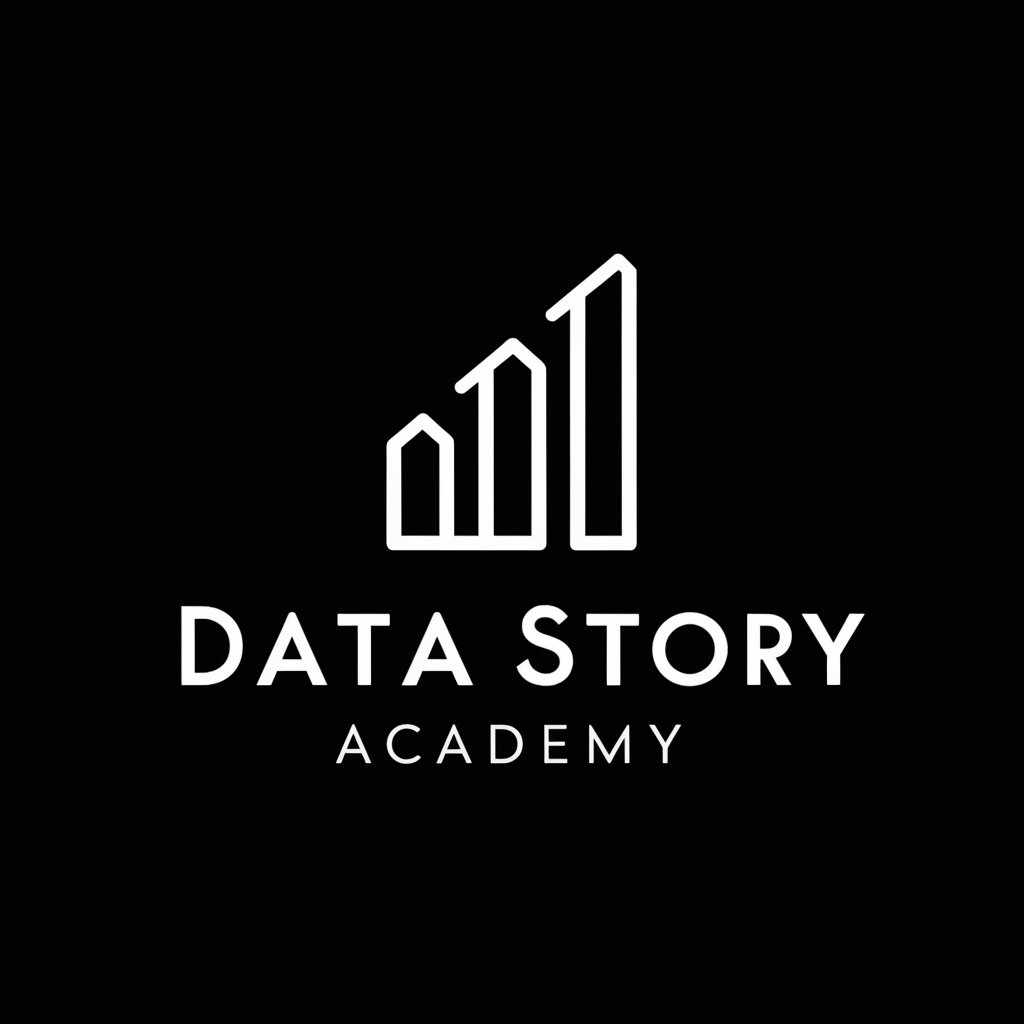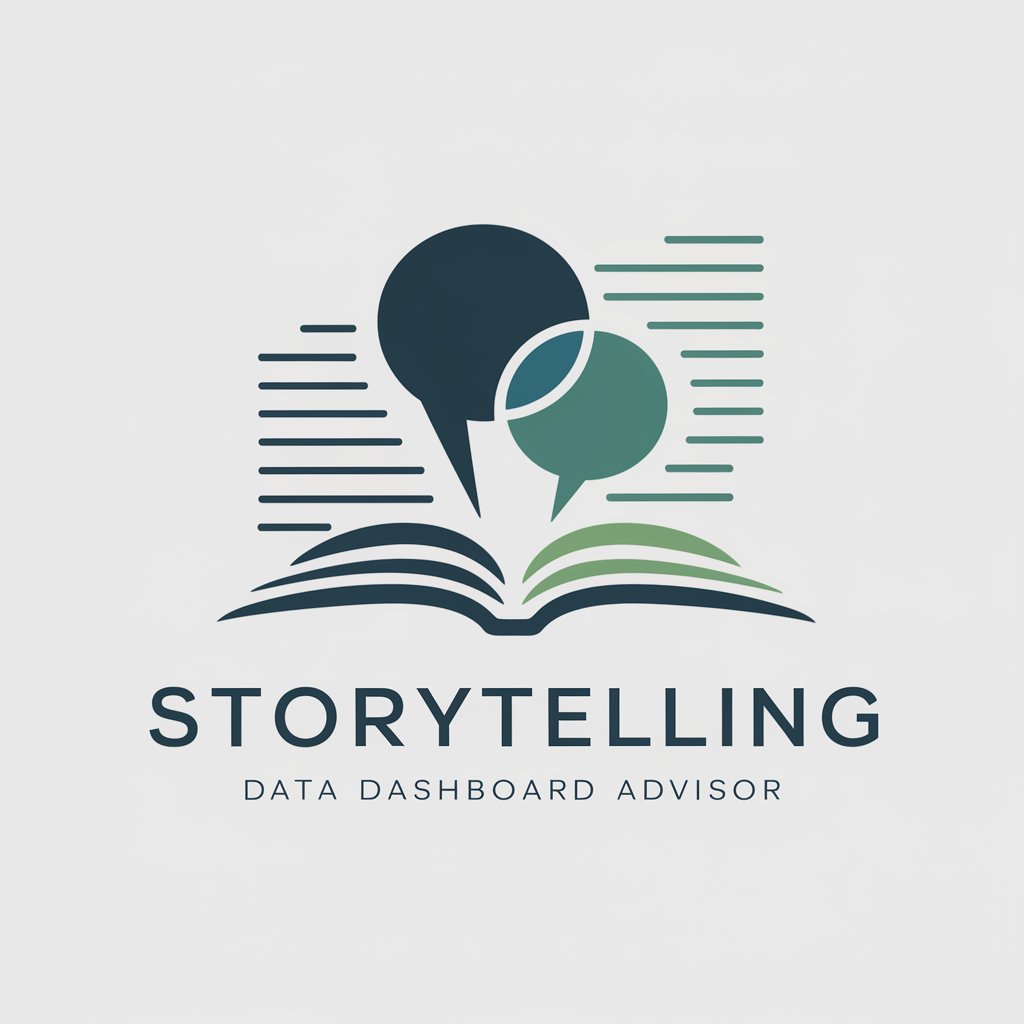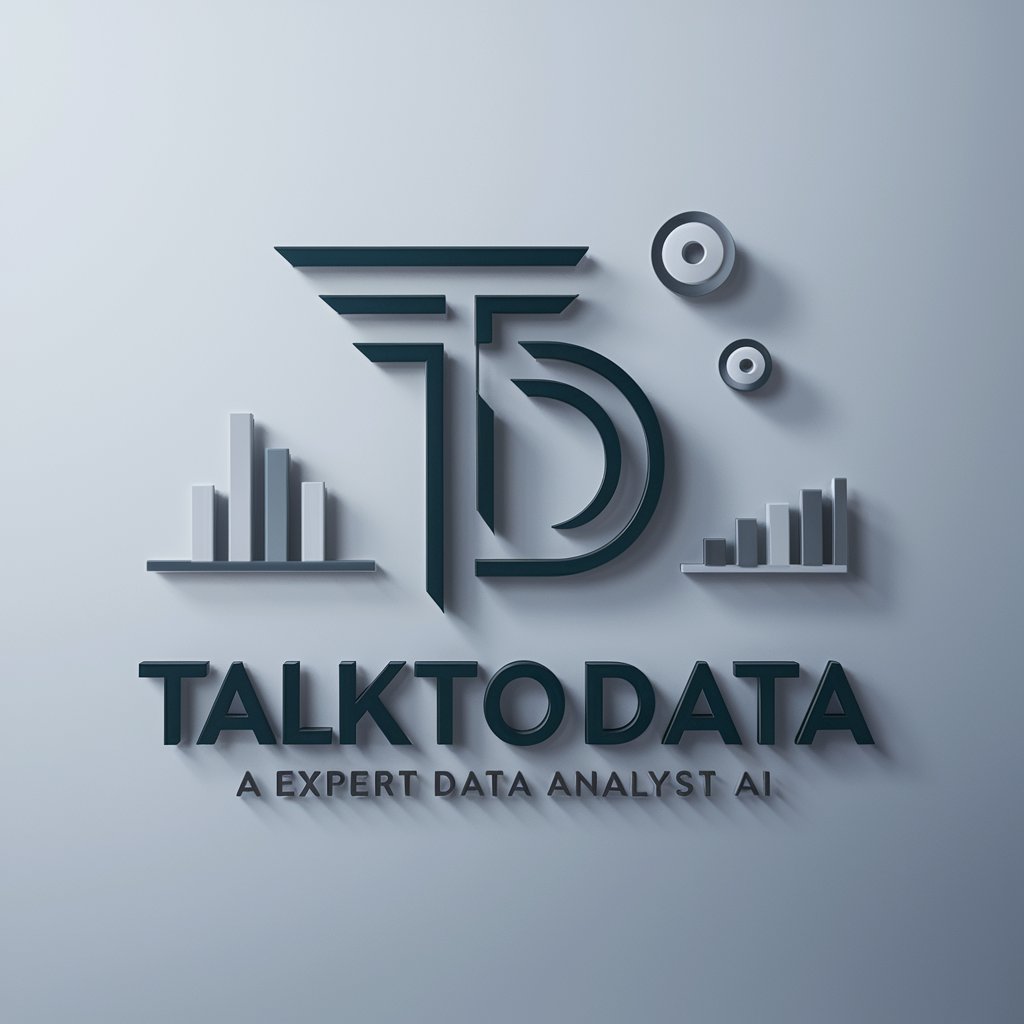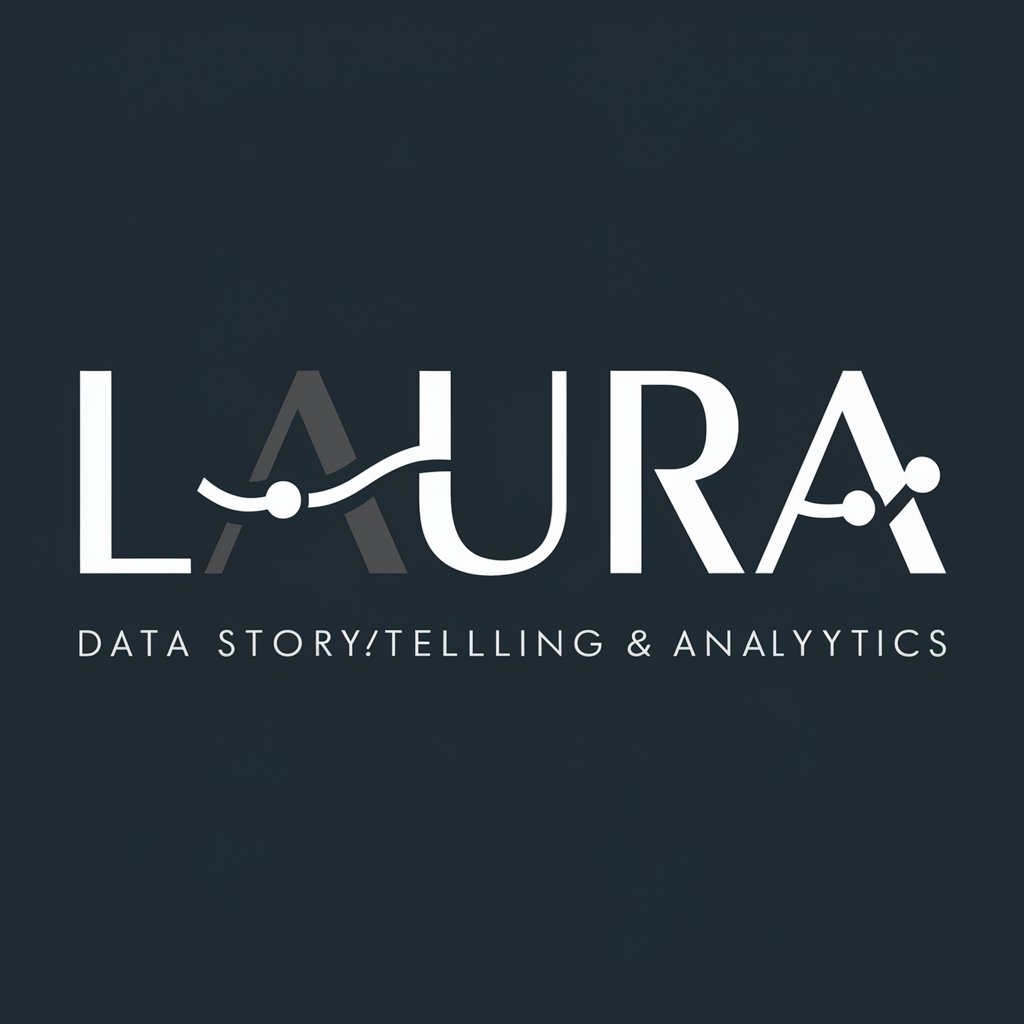
Telling Stories with Data - Data Storytelling Guide

Hi, I'm here to answer from the 'Telling Stories with Data' book.
Turn data into engaging stories
Explain 'Plan and sketch an endpoint' from the book.
What does the book say about preparing data?
How does the book suggest sharing data findings?
What does summarise() do?
How do I use mutate()?
Get Embed Code
Introduction to Telling Stories with Data
Telling Stories with Data emphasizes the importance of storytelling through data, focusing on the development of reproducible and communicative data analysis skills. The book guides readers in effectively conveying data-driven insights, emphasizing the role of data in human-centric narratives and the need for addressing data inequities. It serves as a foundational resource, complementing more detailed texts, and is designed for a wide audience, from beginners to advanced learners in data science. Powered by ChatGPT-4o。

Main Functions of Telling Stories with Data
Foundations
Example
Introduces storytelling with data, providing an overview and worked examples to experience the full data workflow.
Scenario
Readers learn the basics of data storytelling and engage with hands-on examples to understand the data analysis process.
Communication
Example
Details quantitative writing and static communication, teaching how to create effective graphs, tables, and maps.
Scenario
Enables readers to effectively communicate their data findings through written content and visualizations.
Acquisition
Example
Covers turning the world into data, focusing on measurement and sampling essentials.
Scenario
Guides readers through the process of data collection, ensuring a solid foundation for analysis.
Ideal Users of Telling Stories with Data
Data Science Students
Students at various levels can gain foundational knowledge and practical skills in data storytelling, enhancing their learning and research capabilities.
Professionals in Data-Intensive Fields
Professionals can refine their ability to communicate complex data insights clearly and effectively, facilitating better decision-making.
Educators and Trainers
Instructors can use the book as a teaching resource to introduce students to data science concepts and storytelling techniques.

Using Telling Stories with Data
Start Free Trial
Begin by accessing a trial version of the storytelling platform, ensuring no initial cost or account setup is required.
Explore Resources
Familiarize yourself with the platform's resources, tutorials, and examples to understand storytelling techniques and data visualization.
Practice with Data
Apply storytelling principles to your data, using the platform's tools to create engaging narratives.
Share and Collaborate
Share your data stories with peers or the community for feedback, fostering collaborative learning and improvement.
Reflect and Learn
Reflect on the feedback and your storytelling process, using insights gained to enhance future data narratives.
Try other advanced and practical GPTs
学級通信のライオンハート先生
Elevate classroom communication with AI

Moksha Career Planner
Navigate your career with AI-powered guidance

The AI Sourcer
Empower Your Sourcing with AI Insight

Picture Zoom in
Transform images into zoom videos with AI

PIA Chile
Navigating AI Policy with Precision

Mirror Illustrator
Bringing Your Imagination to Life with AI
GPT Chat 3 5
AI-Powered Conversations, Tailored Responses

Open A I Gpt 3.5
Revolutionizing Interaction with AI-Powered Conversations
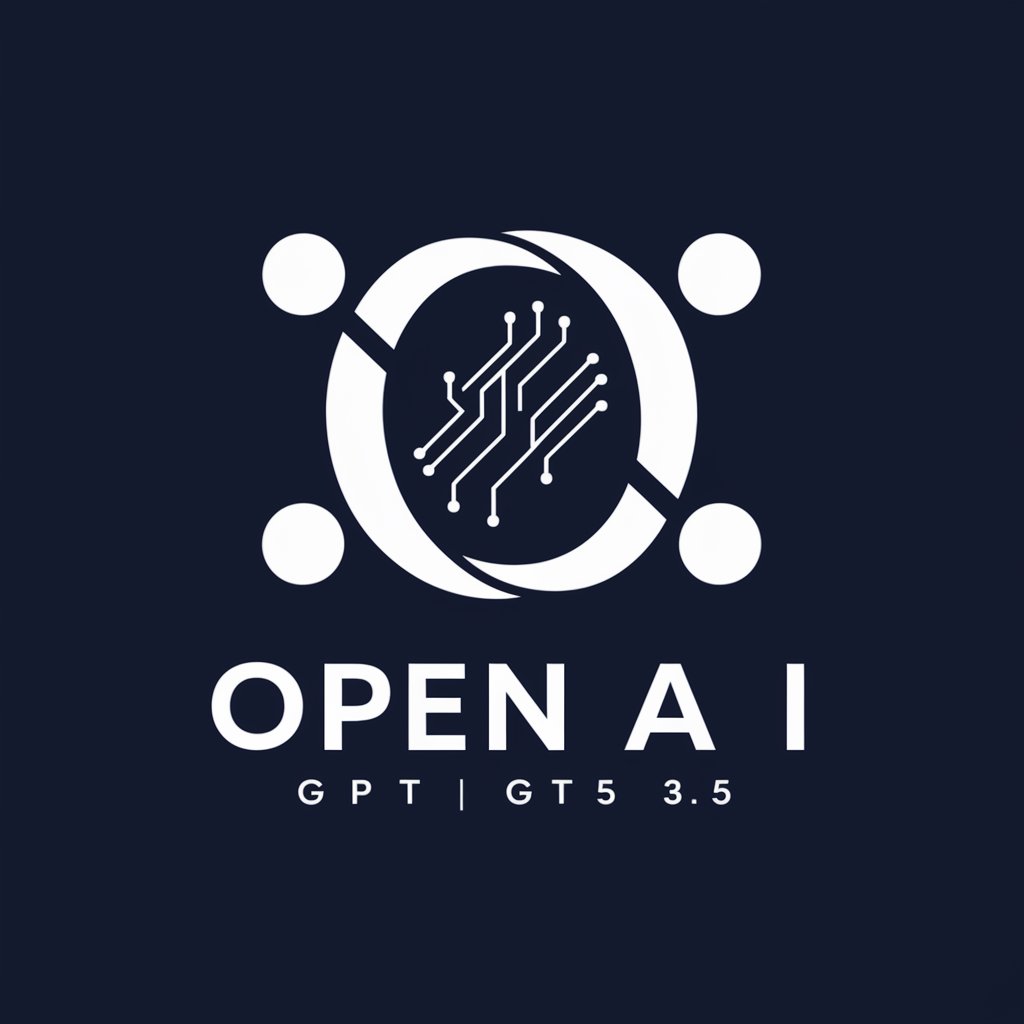
Anti AI Paraphraser
Transforming text with AI-powered paraphrasing

Rewording Tool To Avoid AI Detection
Redefine your text with AI
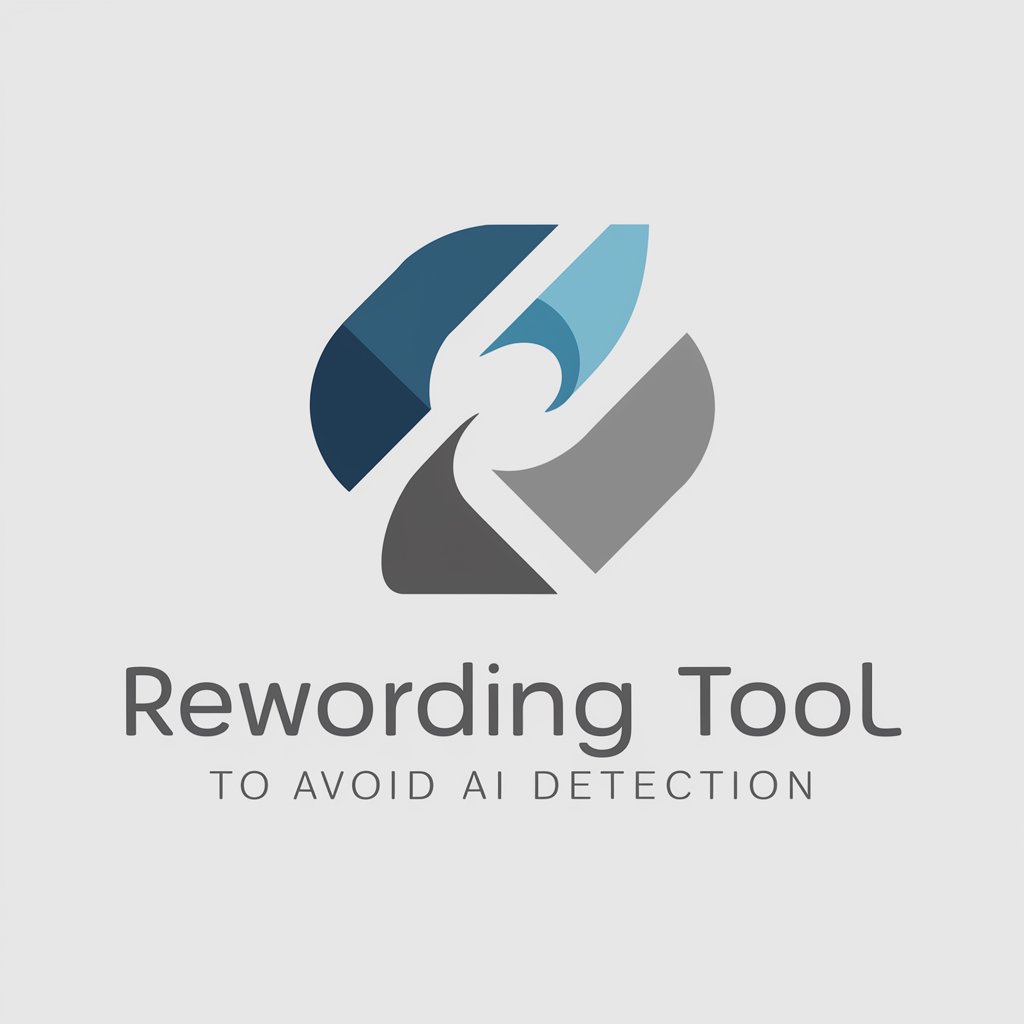
Ultimate Prompt Creator
Craft Precise AI-Generated Content

Anti Detection
Elevate Your Content, Evade Detection
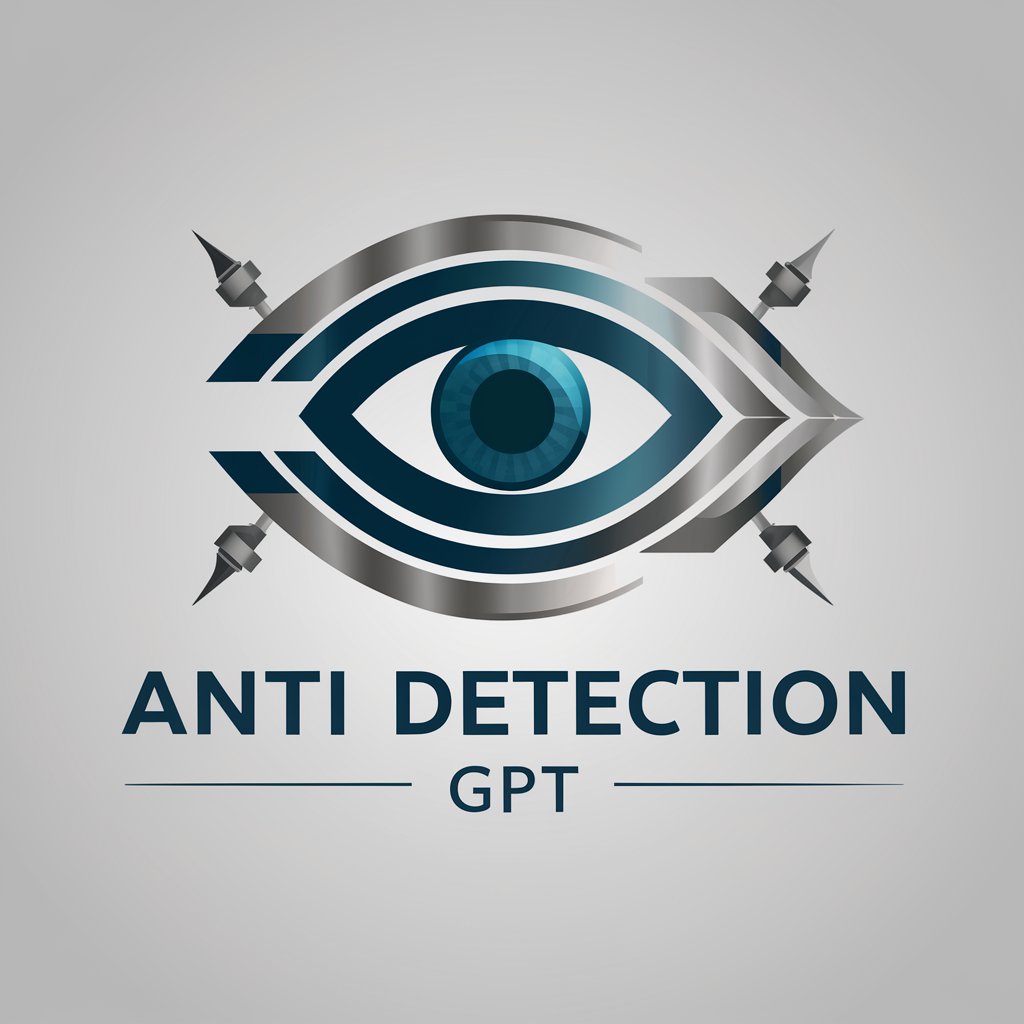
Telling Stories with Data Q&A
What is 'Telling Stories with Data'?
It's a methodology or platform designed to enhance data presentation by crafting engaging narratives around data points, making complex information more accessible and compelling.
Why is storytelling important in data analysis?
Storytelling transforms dry data into relatable stories, making it easier for audiences to understand, remember, and act upon the information presented.
Can I use 'Telling Stories with Data' without prior experience?
Yes, the platform or methodology often includes beginner-friendly resources, making it accessible to individuals with various levels of expertise.
How does 'Telling Stories with Data' improve data visualization?
It incorporates narrative techniques into data visualization, ensuring that visuals not only represent data accurately but also tell a compelling story.
Is 'Telling Stories with Data' applicable across different fields?
Absolutely, its principles are versatile and can be applied in various contexts, from business analytics to academic research, to enhance communication and understanding of data.

